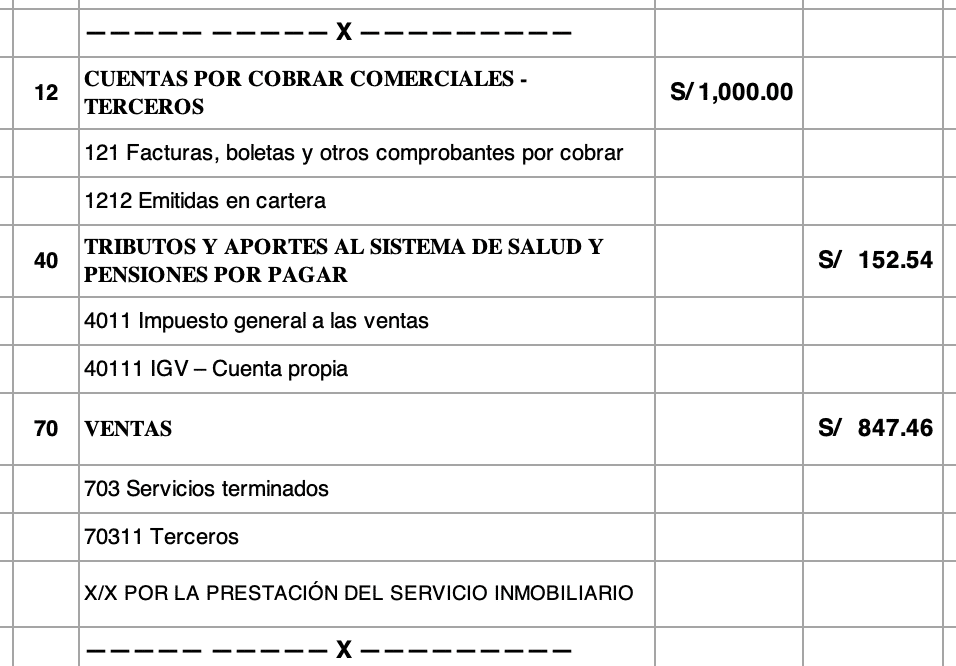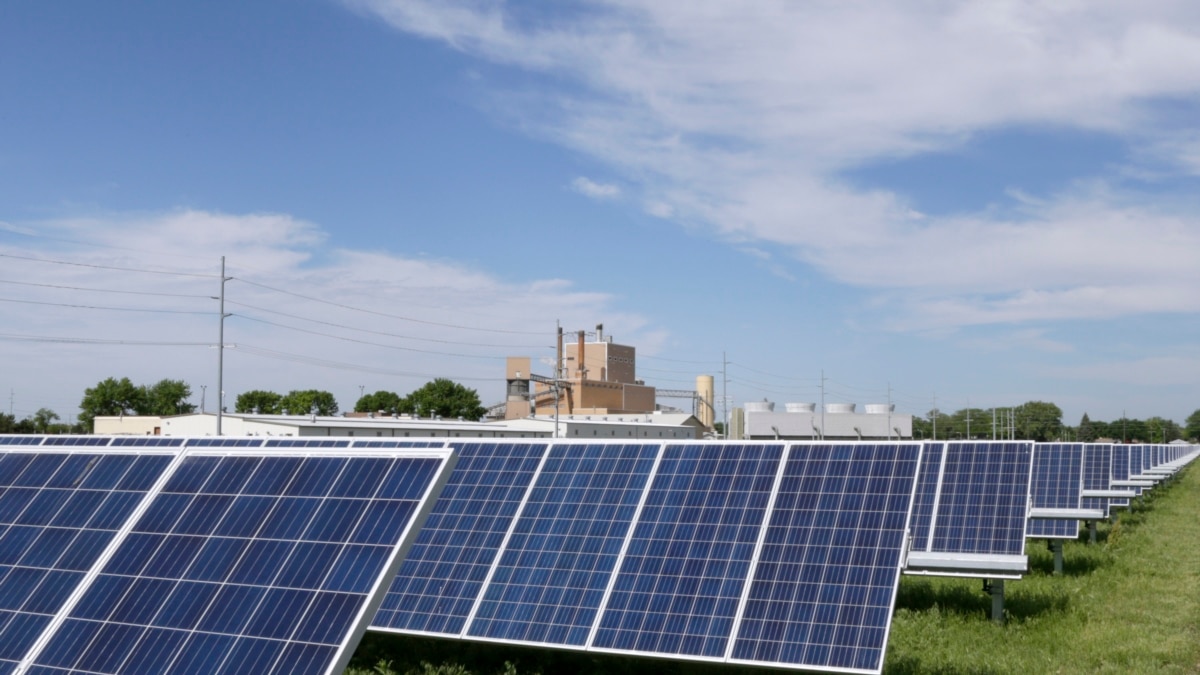Bioluminescent Wave Season: Your Guide To SoCal Beaches (Spring & Fall)

Table of Contents
Understanding Bioluminescent Waves in SoCal
Bioluminescent waves, that magical ocean glow, are a natural phenomenon caused by microscopic marine organisms called dinoflagellates. These single-celled plankton are responsible for the dazzling light show. They emit light through a process called bioluminescence, a chemical reaction triggered when they're disturbed—by waves crashing on the shore, a moving boat, or even your hand in the water. The intensity of the glow depends on several factors, primarily the concentration of dinoflagellates and the surrounding environmental conditions.
- Bioluminescence is caused by microscopic organisms called dinoflagellates. These tiny organisms are abundant in many ocean environments.
- These organisms emit light when disturbed, creating the glowing effect. The disturbance excites the dinoflagellates, initiating the chemical reaction that produces light.
- Ideal conditions for bioluminescence include warm water temperatures and nutrient-rich waters. An influx of nutrients, often from upwelling or runoff, can fuel a bloom of dinoflagellates, leading to a spectacular display.
- Sometimes, a "red tide" can precede a strong bioluminescent display, but not always. Red tides, caused by high concentrations of certain algae, can sometimes coincide with bioluminescence, but the two phenomena are not directly linked. The red tide itself is often not bioluminescent.
Best Time to See Bioluminescent Waves: Spring & Fall
While you can potentially see bioluminescence in SoCal year-round, the peak seasons for witnessing these stunning displays are spring and fall. This is because the ocean temperature and nutrient levels reach optimal points during these periods, leading to larger blooms of bioluminescent dinoflagellates.
- Spring: Typically offers strong displays in April and May. The warming waters and increased nutrient levels create ideal conditions for dinoflagellate blooms.
- Fall: Peak season often falls between September and November. Similar to spring, the ocean conditions are conducive to large populations of these fascinating organisms.
- Check local forecasts and reports for the most accurate predictions. While these months offer the best chance, the intensity and timing of bioluminescent events can vary greatly due to ocean currents, water temperature fluctuations, and other environmental factors. Websites and local news often provide updated forecasts for bioluminescent activity.
Top SoCal Beaches for Bioluminescent Wave Viewing
Southern California boasts many beaches where you can witness this natural wonder. Some are easily accessible, while others offer a more secluded, adventurous experience. Here are a few top recommendations:
- La Jolla Cove: This iconic cove offers stunning views and relatively easy access, making it a great spot for families. However, its popularity means it can get crowded, especially during peak season.
- Torrey Pines State Beach: This beach offers a more rugged, natural setting with beautiful cliffs and dramatic coastline, providing a dramatic backdrop for the bioluminescent display.
- El Matador State Beach: Known for its dramatic rock formations and stunning sunsets, El Matador also offers opportunities to witness the bioluminescence, particularly during low tide. Note that parking can be limited.
- Malibu beaches: Various beaches along the Malibu coast, like Zuma Beach or Paradise Cove, can also offer a chance to see the glowing waves. However, the intensity can vary greatly depending on the location and ocean conditions.
- Huntington Beach: While known for its surfing, Huntington Beach can occasionally show off bioluminescent displays, often concentrated around the piers and jetties where the water is calmer.
Tips for Photographing Bioluminescent Waves
Capturing the magic of bioluminescent waves on camera requires some planning and specific techniques. Here's how to get those stunning shots:
- Use a tripod for long exposure shots. Long exposures are crucial to capture the light emitted by the dinoflagellates. A tripod ensures sharp images without camera shake.
- Experiment with different ISO and aperture settings. A high ISO (up to 3200 or higher depending on your camera) can capture the faint light, while a wide aperture (low f-number) lets in more light.
- A remote shutter release can help avoid camera shake. This eliminates any vibrations that might blur your image.
- Practice beforehand to get the best results. Testing your camera settings in low-light conditions before your bioluminescence viewing trip will allow you to adjust your settings and optimize your composition.
Conclusion
Experiencing bioluminescent waves in Southern California is an incredible opportunity to witness nature's magic. By understanding the ideal time of year and choosing the right beach, you can significantly increase your chances of seeing this captivating phenomenon. From the easily accessible La Jolla Cove to the more secluded coves of Malibu, SoCal offers a diverse range of locations for this unique experience. Remember to check local forecasts and reports for the best chances of witnessing the glow.
Plan your trip today and witness the breathtaking beauty of bioluminescent waves along Southern California's stunning coastline this spring or fall! Don't miss the chance to see this unforgettable natural light show – check the forecasts and head to the beach for a truly magical experience with bioluminescent plankton and the incredible ocean glow!

Featured Posts
-
 Setlist Fm Y Ticketmaster Una Integracion Para Mejorar La Experiencia Del Fan
May 30, 2025
Setlist Fm Y Ticketmaster Una Integracion Para Mejorar La Experiencia Del Fan
May 30, 2025 -
 Preventa Entradas Bad Bunny Conciertos Madrid Y Barcelona Ticketmaster And Live Nation
May 30, 2025
Preventa Entradas Bad Bunny Conciertos Madrid Y Barcelona Ticketmaster And Live Nation
May 30, 2025 -
 Ticketmaster Vista Previa Del Asiento Con Su Nuevo Venue Virtual
May 30, 2025
Ticketmaster Vista Previa Del Asiento Con Su Nuevo Venue Virtual
May 30, 2025 -
 New Us Solar Tariffs Hit Malaysia And Three Other Countries
May 30, 2025
New Us Solar Tariffs Hit Malaysia And Three Other Countries
May 30, 2025 -
 Us Imposes New Tariffs On Southeast Asian Solar Imports What You Need To Know
May 30, 2025
Us Imposes New Tariffs On Southeast Asian Solar Imports What You Need To Know
May 30, 2025
Latest Posts
-
 Veterinary Watchdogs Separating Serious Concerns From Minor Issues
May 31, 2025
Veterinary Watchdogs Separating Serious Concerns From Minor Issues
May 31, 2025 -
 Decoding Veterinary Watchdog Complaints Fact From Fiction
May 31, 2025
Decoding Veterinary Watchdog Complaints Fact From Fiction
May 31, 2025 -
 The Impact Of Veterinary Watchdog Actions On Veterinarians
May 31, 2025
The Impact Of Veterinary Watchdog Actions On Veterinarians
May 31, 2025 -
 Analyzing The Increased Rainfall In Western Massachusetts Due To Climate Change
May 31, 2025
Analyzing The Increased Rainfall In Western Massachusetts Due To Climate Change
May 31, 2025 -
 Do Veterinary Watchdog Complaints Reflect Real Issues
May 31, 2025
Do Veterinary Watchdog Complaints Reflect Real Issues
May 31, 2025
